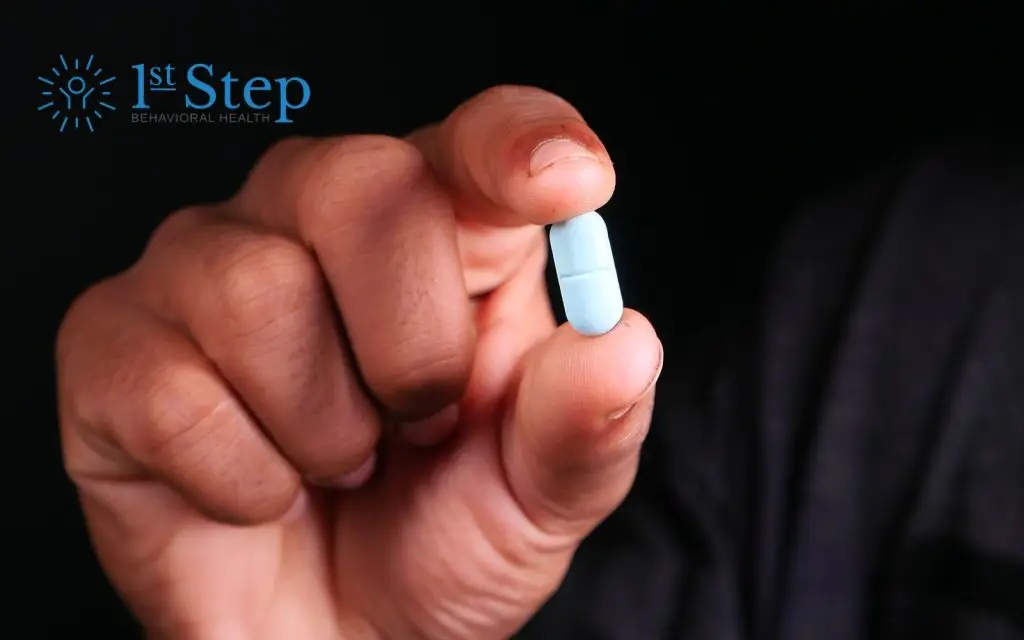The brand-name drug Klonopin contains clonazepam, a prescription benzodiazepine used to treat anxiety, panic attacks, and some seizure disorders. In contrast to other benzodiazepines, Klonopin is a long-acting medication with a very long half-life that can remain in your system for weeks. Nevertheless, it is still a common drug of abuse.
According to some studies, Klonopin can be detected in urine up to a month after its last use, but in most people, a single dose is eliminated from the body within six to nine days. Klonopin use can be detected up to 90 days after your last dose using specific drug tests, like hair tests.
If you have been prescribed Klonopin for a medical condition and you are taking it as directed, you do not need to worry. If you are required to take a drug test by your employer, you have a prescription to support your use. If you are abusing Klonopin or are addicted to it, you may be concerned about passing a drug test or determining when your withdrawal symptoms will appear.
What are the Side Effects of Klonopin?
Klonopin enhances the activity of gamma-aminobutyric acid, a neurotransmitter that regulates the central nervous system. It can be very effective in managing seizures, anxiety disorders, and panic attacks, but it is not without its side effects.
Common side effects from Klonopin use are:
- Weakness
- Dizziness
- Drowsiness
- Unsteadiness
- Dry mouth
- Headache
- Nausea
- Blurred vision
- Constipation
Occasionally, more serious side effects can occur:
- Difficulty breathing
- Hallucinations
- Suicidal ideations
- Seizures
- Severe mood changes
What is the half-life of Klonopin?
The elimination half-life of a drug is the time it takes for half of a single dose to leave the body. Understanding a drug’s half-life can help you determine when withdrawal symptoms will appear, whether it is safe to take another dose, and how long a drug will remain in your system.
Clonazepam has a relatively long elimination half-life of 30 to 40 hours, so even half of your Klonopin dose may take more than two days to leave your system.
A drug typically has four to five half-lives before it completely leaves your system. Klonopin has a half-life of 30-40 hours and can remain in the body for six to nine days after discontinuing use. Tests have found Klonopin in urine up to four or more days after your last dose.
How Long Klonopin Stays in the System Varies Widely by Person
Several factors can affect how long Klonopin stays detectable in a person’s system. These factors include:
- Dosage: higher doses of the drug will stay in the system longer.
- Age/Weight/Metabolism: People of a younger age and at a healthy weight will metabolize the drug more quickly than people who are older or overweight.
- Liver function: Klonopin is metabolized through the liver. If someone has liver disease or poor liver function, the drug may not clear their system as quickly.
- Substance use: When Klonopin is taken with certain substances, such as alcohol, its rate of clearance is slowed.
- Urine pH: People with more acidic urine will take longer to clear Klonopin from their system.
How long will Klonopin show up on a drug test?
Klonopin (clonazepam) is detectable on a standard drug test, just like other benzodiazepine drugs. If you are taking Klonopin as directed by your doctor and are required to take a drug test for work or another reason, make sure you bring a note from your doctor with you.
The detection windows for various drug tests vary. Klonopin can remain in your hair follicle for up to 90 days following your last dose, but it may only be found in your urine for four to six days.
Estimates of how long Klonopin can be found in different body parts are provided below.
Urine
Depending on how much you use Klonopin, a urine test result may show a positive result for four to six days or longer. Klonopin can be found in the urine of heavy, long-term users for up to a month.
Blood
Because blood tests require a healthcare provider to administer them and are somewhat invasive, they are usually only used in medical settings. Metabolites of Klonopin can remain in your blood for five to six days.
Saliva
Saliva testing is regarded as a very non-invasive drug test technique that needs very little preparation or work. Saliva tests do, however, have a limited detection window. A saliva test can identify the amount of Klonopin in your system for five to six days following your last dosage.
Hair
Drug use can leave behind specific hair markers that can be identified for several months. The longest detection window of any test is found in hair samples, which can identify the presence of medications like Klonopin in your body for up to three months (90 days) following your last dosage.
Safely Detoxing from Klonopin
Because Klonopin is classified as a Schedule IV controlled substance, abuse and dependence are possible outcomes. Long-term, consistent use of the medication may lead to tolerance and physical dependence. In certain instances, physical dependence may form after just two weeks of daily drug use.
Abruptly stopping Klonopin can have dire consequences, including potentially fatal withdrawal symptoms. It is crucial to discuss tapering off of Klonopin with your doctor if you have been taking it on a regular basis. If you are struggling with addiction, you may benefit from seeking treatment at a licensed drug and alcohol rehab center.
Common symptoms of Klonopin withdrawal include:
- Anxiety
- Panic
- Nausea
- Stomach pains
- Muscle cramps
- Tremors
- Sweating
- Insomnia
- Agitations
- Hallucinations
- Seizures
- Restlessness
Klonopin has a long half-life, so withdrawal symptoms may not appear for up to a week. This can lead to you stopping Klonopin and believing you are no longer dependent on it, only to get sick a week later.
Withdrawal symptoms persist for two to three weeks. The second week is typically when symptoms peak, and they start to fade three to four weeks later. Because of the lengthy withdrawal period, detoxing under a professional’s supervision is advised.
Safely Detox from Klonopin with First Step Behavioral Health
It is possible to overcome benzodiazepine addiction with the correct help. First Step Behavioral Health offers the all-inclusive detox and treatment programs you require. For more information or to arrange an appointment, contact our intake team.
References:
- National Institute of Health (NIH): Clonazepam pharmacokinetics, brain uptake, and receptor interactions
- National Library of Medicine: A Case Report on Clonazepam Dependence
- National Library of Medicine: The Benzodiazepine Withdrawal Syndrome
Jump to a Section
Call (855) 425-4846
